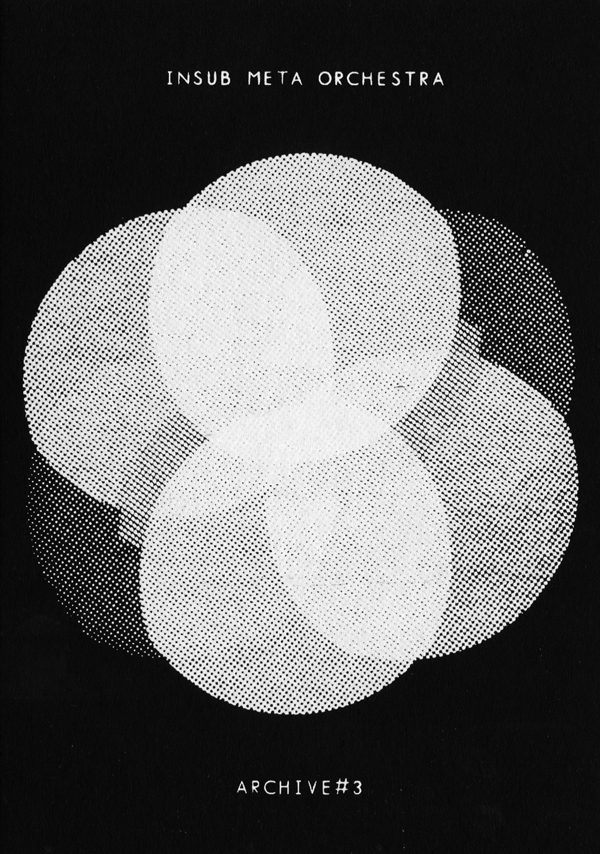

Along with his friend Jean Rouch, de Heusch was one of the most prominent advocates of visual anthropology, especially in his role as deputy secretary general of the International Committee on Ethnographic Film from 1956 to 1962. He first directed an experimental film under the auspices of CoBrA, before producing a series of films on major painters and writers as well as documentaries on various parts of Central and West Africa. As a filmmaker, he was trained by the pioneer Belgian documentary film director Henri Storck.


Holding the chair of social anthropology at the Université Libre de Bruxelles for thirty-two years, he also lectured extensively in France, the United Kingdom, the United States, Canada, and Australia. In addition to publishing over 170 papers and chapters, de Heusch authored over fifteen monographs, of which several have been translated into various languages. He was an expert on many things, including myths, rites, sacred kingship, sacrifice, trance, symbolism, kinship, religion, and art. He then became a passionate proponent of Claude Lévi-Strauss and structuralism, which he applied to his own field of expertise, Central Africa and Bantu cultures. As a social anthropologist, he was a student of Marcel Griaule in Paris. As a young writer, he was in contact with the Surrealists and became involved in the well-known artistic avant-garde group CoBrA (an acronym for Copenhagen–Brussels–Amsterdam). He took an active part in several of the major movements that shaped Europe’s intellectual landscape after the Second World War. 2012) was a distinguished social anthropologist, filmmaker, art connoisseur, and prominent public figure, especially within Francophone spheres of influence.

A polymath in the true sense of the term, the Belgian Luc de Heusch (b.


 0 kommentar(er)
0 kommentar(er)
